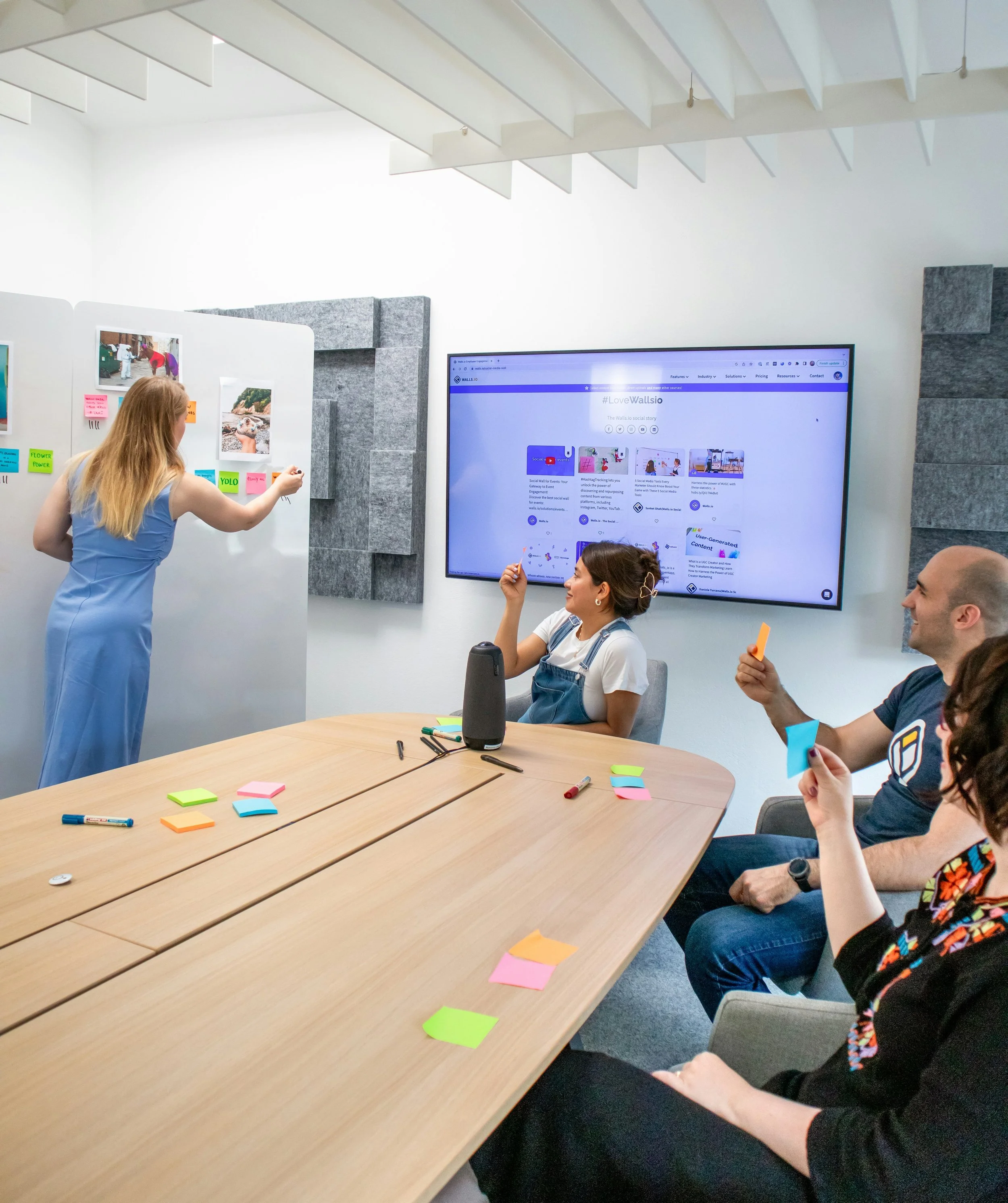How to Build Strong Teams (and the benefits of team-building)
Why are strong teams essential to teacher growth? When teachers feel seen, valued, supported, and safe, they are willing to be vulnerable, take risks, stretch themselves, and ask for help when they need it. Equally as powerful, when teams have a shared purpose and see each other as essential contributors to being successful, they raise the bar for themselves and one another in a way that energizes the group and exponentially grows their impact. Strong teacher teams often stay together and grow together for years, even decades. This camaraderie, shared commitment, and support provide rich opportunities for teams to grow themselves and others, regardless of circumstances and challenges that they may face.
A school leader that develops these teams not only creates a great school community, but also creates the foundation for radical growth and innovation for years to come. People often think social gatherings and fun experiences are the keys to team building. While these things are effective when it comes to providing opportunities for people to have fun and develop personal relationships, they are not enough to build strong teams. Strong teams are built on shared purpose, authentic connection, championing, alliances, and trust.
Shared purpose:
What is the “why” of each team? What keeps the focus when there are so many distractions? How will lives be different if the team is successful? How will each individual find fulfillment in pursuit of the team's purpose? Pondering these inquiries individually and collectively help teams identify and claim their purpose.
Provide time for teams to work on individual vision boards for how they see themselves as educators 5 - 10 years in the future. Have members share their vision boards and find the common themes. From here, identify a team purpose that anchors the team during turmoil and simultaneously lifts them up when they need inspiration. Have the team claim this purpose, create a banner, t-shirt, or anything else that they come up with to give them a daily reminder of this purpose. If you would like a guide on how to facilitate this experience with your teams, contact me at info@chaosclassroom.com!
Authentic connection:
Give opportunities to share and connect in meaningful ways. Icebreakers and other team building efforts should provide ways for teachers to celebrate themselves and one another, and support them in seeing the greatness in one another. Use tools that facilitate teachers sharing their own stories, and listening to the stories of their teammates.
Our game, Chaos in the Classroom, was created for this exact purpose! Click here to learn SIX ways that you can use Chaos in the Classroom to create experiences of authentic connection with your faculty.
Championing:
See how individuals are doing well and provide praise and direction from “where they are”. Just as we should differentiate with learning, we also need to be able to see the accomplishments in relation to a person’s current level of proficiency and celebrate the milestones along their path. Letting people know that you see their efforts and accomplishments, regardless of how big or small they are in comparison to others, sends a message that what they do matters and that their efforts are leading them to being their best versions of themselves.
Alliances:
Alliances are agreements on everyone’s expectations of one another and how the team will be together. An important part of a healthy alliance includes setting boundaries. It also includes the voice of all members contributing to the alliance. As more and more Gen-Zers become our faculty, we must find a way to honor their values of having a healthy work/life balance while still being fierce contributors to impact (which is also a value of theirs). Once we design alliances that everyone agrees to, it is imperative that we honor these alliances. In doing so, we create a healthy work environment and achieve a major milestone in developing trust, the final component of team-building that we will highlight today.
Trust:
We previously covered Fostering a Culture of Trust as a key to maximizing teacher growth, with the attention being on how to build trust between administration and faculty. Now, it is time to extend that learning to building a culture of trust within teacher teams. Creating and honoring alliances is a huge starter in developing this trust. Another way to build trust within teams is to use data meetings as an opportunity for teachers to review their own data and identify a Glow and Grow for themselves, without needing to post all of their results for the group to examine. Then, give the team time to provide support for each teacher’s self-proclaimed Grow goal. Having teachers self-identify their areas in which they want to grow develops trust, motivates teachers to use data to set personal goals, and gives teams direction and opportunity to support one another.
Why does team building matter? I dare say, strong teams may be the most important factor in maximizing teacher growth. Any individual that goes to work and feels part of a team in which they are a valued contributor and where they make a difference in areas that are meaningful to them feels energized, empowered, and fulfilled. Making the effort to build relationships through shared purpose, authentic connections, championing, alliances, and trust fosters strong teams of people that have deep and lasting impact in their school and beyond.



